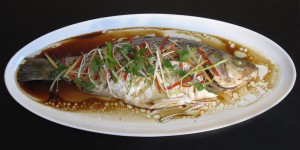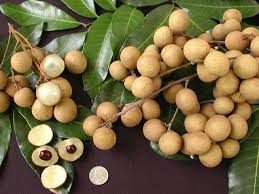First, in preparation for Chinese New Year and before doing any decorating, every house should be thoroughly cleaned. Besides getting the house in order for the holiday season, when sweeping and cleaning, all old things and bad luck are swept out along with the dirt. Now the house is ready for a new beginning and good luck to come in.
People also put up special decorations to celebrate the New Year. Here are some of the most common. And, as you’ll see, many of these make great projects for the family’s children so that they can participate in the New Year’s fun.
Two of these were discussed in the last blog post:
- Pasting up a red square with the word fu written on it. Fu means good fortune or happiness, something every family can use! This character can be pasted on the window or door either right side up or upside down. When it’s upside down it signifies that good fortune is pouring out and into the household.
- Pasting up window and door paper cuts. These are almost always in red, an auspicious color of good luck and joy. It also protects the house against evil or bad luck.
- Chinese red lanterns. Not only do they brighten up the night, they drive away bad luck—especially when hung in front of the door. The lanterns can often also be seen hung on trees and outside of buildings.
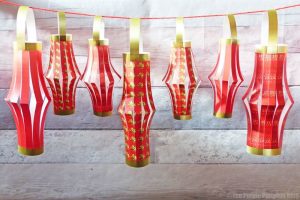
- Auspicious plants to have in the house.
- Blooming flowers with unopened buds. Fresh flowers symbolize wishes for a prosperous New Year. The flowers can be plum blossoms, orchids, peonies, chrysanthemums, and peach blossoms. Orchids suggest fertility and abundance, and it particularly good for the household wanting to grow its family. Peonies stand for prosperity. Yellow chrysanthemums represent wealth, prosperity, and longevity.
- The “lucky bamboo” (which is not actually bamboo, it’s the Dracaena sanderiana), symbolizing good luck and prosperity.

- Tangerine or kumquat plant with its fruits round, gold shape. It’s thought to an auspicious plant which produces lots of fruit, therefore, it symbolizes wealth and abundance.
- The jade plant because it attracts wealth and good fortune.
Do you see a theme here? Yes, indeed: good luck and prosperity. That means in health as well as economically. Happiness and joy are important, too. New Year is a time of optimism about the future. People avoid talking about anything negative or bad. This is not the time to discuss sickness and death. Positive thoughts and positive activities, such as family and friend get-togethers mark the entire 15 day celebration of the New Year.
If you would like to make some decorations for celebrating Chinese New Year there are some very good web sites with free information. A few you might try are:
https://homeschoolsuperfreak.com/chinese-new-year-for-kids/ extensive coverage of many things about Chinese New Year plus fun decorations with printables
https://holidappy.com/holidays/Easy-Printable-Craft-Projects-for-the-Year-of-the-Rat free printable craft projects for Chinese New Year
https://www.china-family-adventure.com/chinese-new-year-crafts.html excellent site for making Chinese New Year crafts
https://www.hellowonderful.co/post/8-CRAFTS-TO-RING-IN-THE-CHINESE-NEW-YEAR/ very nice DIY Chinese New Year crafts
https://www.redtedart.com/paper-mice-finger-puppets/ for easy, simple shaped mouse/rat finger puppets FREE
Other sites to consider for overall Chinese New Year coverage are:
https://homeschoolsuperfreak.com/chinese-new-year-for-kids/ extensive coverage of many things about Chinese New Year plus fun decorations with printables
https://www.chinahighlights.com/travelguide/special-report/chinese-new-year/paper-cutting.htm
GUO NIAN HAO! (guò nián hǎo) 过年好
Happy New Year!
Lantern image from http://davaocitybybattad.blogspot.com/2012/01/chinese-new-year-of-dragon.html.


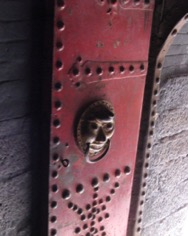
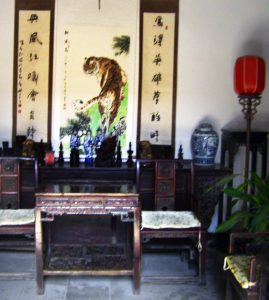


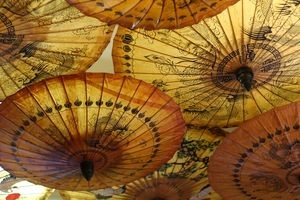 ved: First, the paper shades were covered with an oil to make them impermeable to rain and expanding their use. But the really remarkable thing about these early Chinese umbrellas was how they evolved from a fixed frame to a collapsible frame. These co
ved: First, the paper shades were covered with an oil to make them impermeable to rain and expanding their use. But the really remarkable thing about these early Chinese umbrellas was how they evolved from a fixed frame to a collapsible frame. These co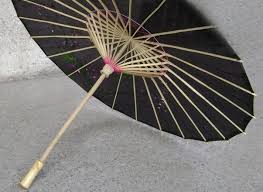 llapsible umbrellas worked by means of sliding levers, pretty much the same as we use today.
llapsible umbrellas worked by means of sliding levers, pretty much the same as we use today.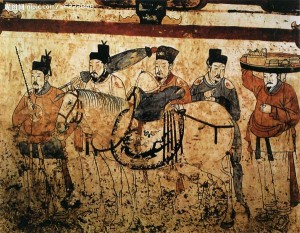 e rode in his four-wheel, ceremonial carriage, so it was quite large. The mechanism was so new and innovative that it was a secret. Besides the collapsible frame, the handle had bendable joints, allowing it to be extended or withdrawn.
e rode in his four-wheel, ceremonial carriage, so it was quite large. The mechanism was so new and innovative that it was a secret. Besides the collapsible frame, the handle had bendable joints, allowing it to be extended or withdrawn.
 d novel in the ancient China trilogy, has been nominated for an Agatha Award. The Agatha Award is given to mysteries that hold to the standards of Agatha Christie and her work. I am honored to be among such a wonderful group of other nominees for this award.
d novel in the ancient China trilogy, has been nominated for an Agatha Award. The Agatha Award is given to mysteries that hold to the standards of Agatha Christie and her work. I am honored to be among such a wonderful group of other nominees for this award.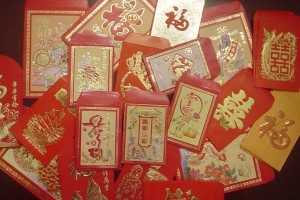
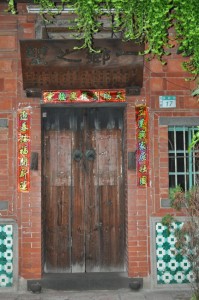 balanced, too.
balanced, too.